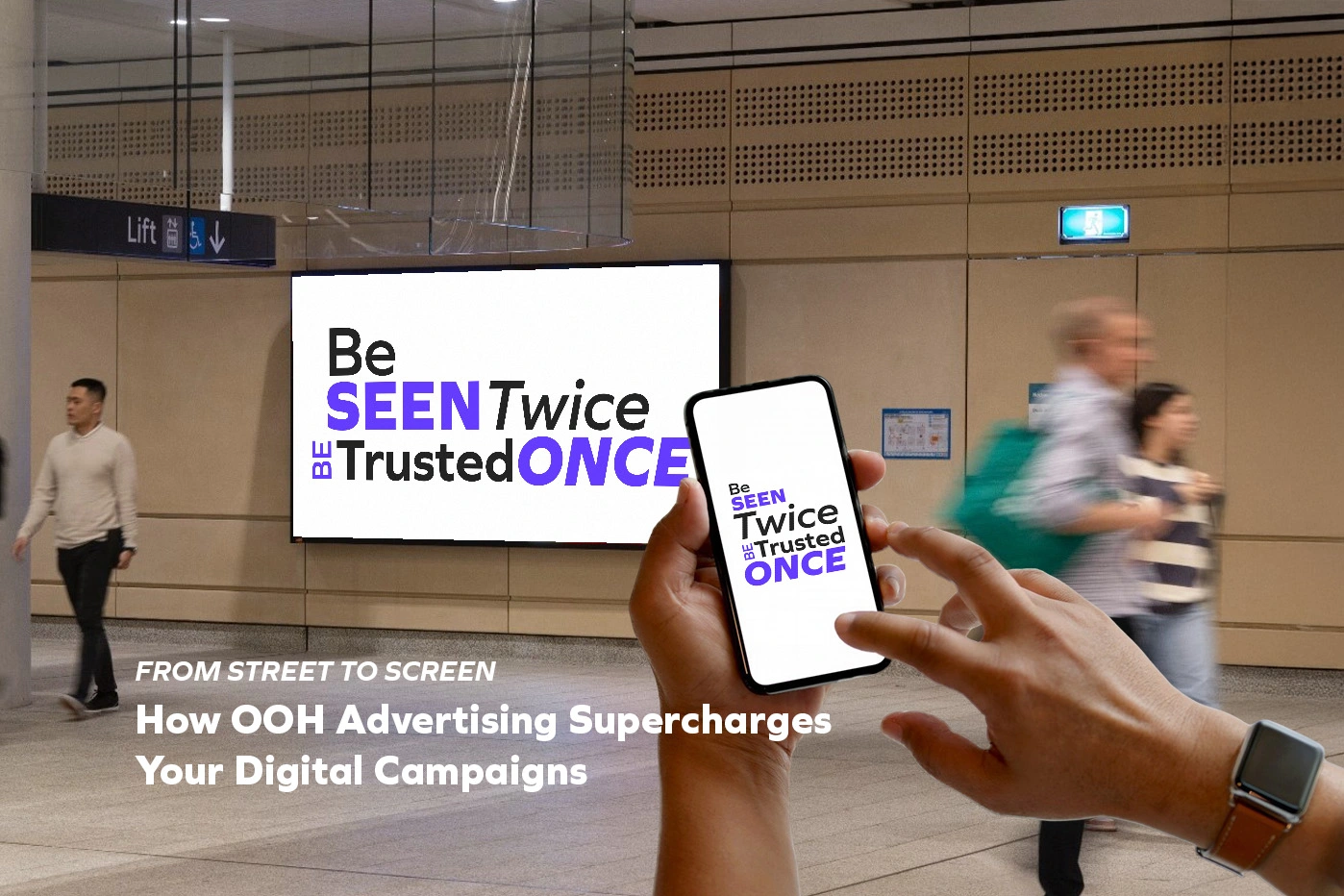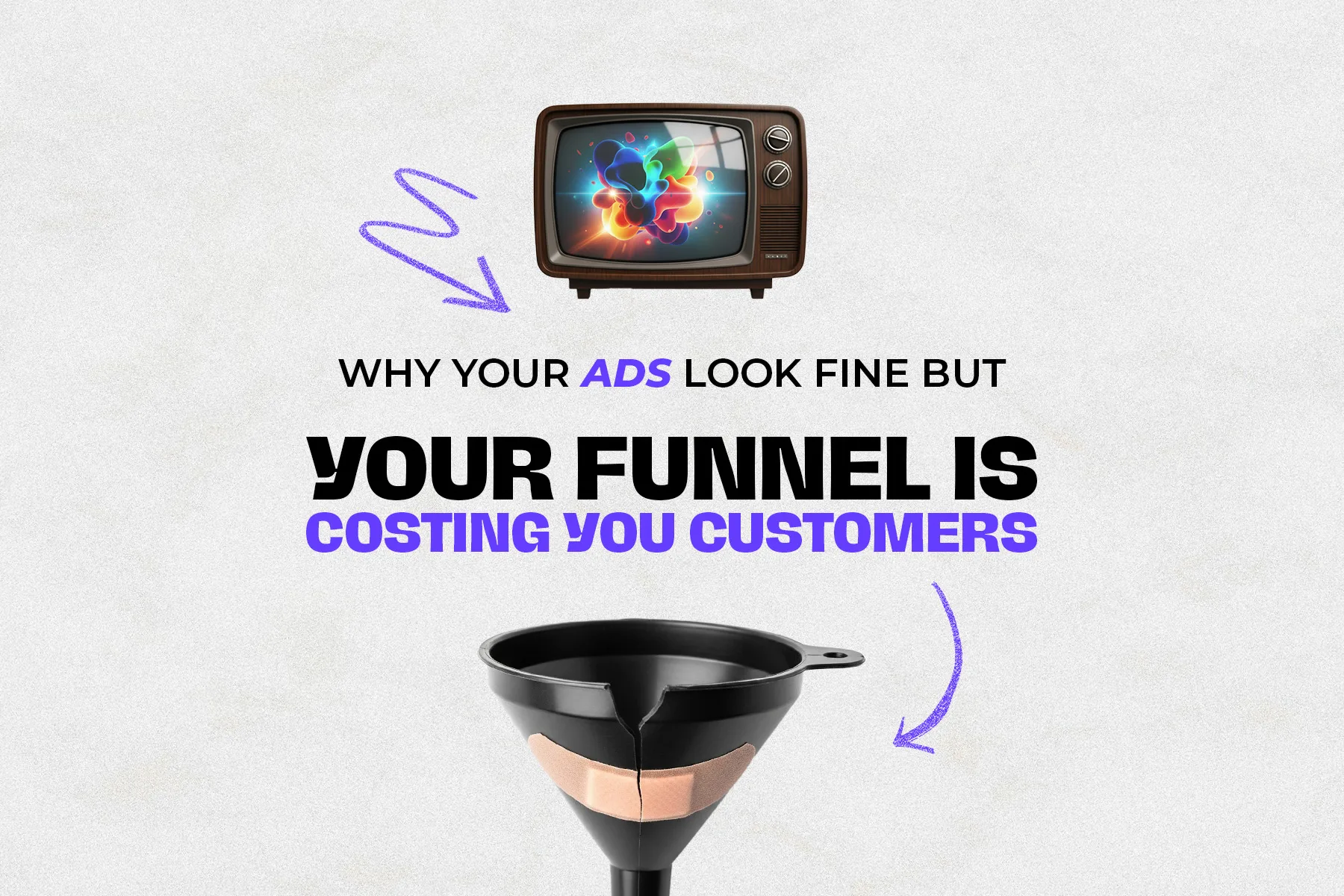Mid-year is an ideal time to pause and review your marketing strategy. It’s easy to keep doing the same things—posting regularly, running ads, writing blogs—without knowing if they’re actually working. But continuing blindly can lead to wasted time, money, and missed opportunities.
A mid-year marketing audit helps you understand what’s working, what’s not, and what needs fixing. You don’t need to overhaul everything—you just need to take an honest look at the results so far.
In this blog, we’ll walk through how to do a simple, effective marketing audit. We’ll also look at common mistakes many businesses make without realising, and share a real-life example from Slack, the workplace messaging platform, to show how one mid-year pivot helped them boost growth.
1. Revisit Your Goals: Are You Still On Track?
Start with your goals. Think back to what you set for yourself in January. Ask yourself:
- Are your original goals still relevant?
- Have you been tracking progress toward them?
- Were the goals clear and measurable?
Many businesses start the year with vague goals like “grow online” or “increase leads.” The problem is that these are hard to measure. You might think things are improving, but if you’re not tracking something specific, you can’t know for sure.
Instead, use goals that are specific and trackable. For example, “Grow Instagram followers by 1,000 by September” or “Increase email open rates to 35%.” That way, you’ll have real data to compare against.
If your goals no longer match your current business priorities, update them. A good audit starts with knowing what success looks like.
2. Check the Data: What Do the Numbers Say?
Your next step would be to look at the results. This means going into the numbers across all your marketing channels.
Look at:
- Website traffic: How many visitors are you getting? Are they staying or leaving quickly?
- Social media: Are people engaging with your content or just scrolling past?
- Paid ads: What’s your cost per click or per conversion? Are you getting a return?
- Email marketing: Are people opening your emails? Are they clicking through?
- Sales funnel: How many leads actually turn into paying customers?
One of the most common mistakes is focusing on vanity metrics—things like likes, views, or follower counts. While these numbers feel good, they don’t always translate to results. What really matters is action. Are people booking calls, buying products, or signing up?
If your numbers aren’t where you hoped they’d be, look deeper. Is your targeting off? Is your message clear? Are you giving people a reason to trust and act?
3. Evaluate Your Content: Is It Helpful or Just Noise?
Next, review the content you’ve been creating. Content should be useful, engaging, and tied to your goals.
Ask:
- Are people reading your blog posts or bouncing off quickly?
- Are videos or posts being shared and saved?
- Are you answering your audience’s real questions or just talking about yourself?
Many businesses post just to stay visible. But without a strategy, this can become busy work. Instead, look at what content actually led to clicks, leads, or conversations. Identify which pieces worked best and why. Keep doing more of that and cut back on content that isn’t landing.
This is also a good time to review your tone. Is it consistent? Is it easy to understand? Do customers feel like you’re actually talking to them, or just shouting out there aimlessly?
4. Check Your Channels: Are You Wasting Effort?
You don’t have to be everywhere. Trying to manage every platform often leads to average results everywhere. Focus matters.
Ask yourself:
- Which platforms bring in the most traffic or leads?
- Where is your ideal customer most active?
- Are you spending time in places that give little back?
It’s okay to drop or pause a platform that isn’t working. If Instagram reels aren’t converting, but your email newsletter gets clicks and replies, put more effort there. Quality beats quantity every time.
5. Review Your Brand Consistency: Are You Sending the Right Message?
Scroll through your website, social pages, and ads. Do they all feel like they belong to the same brand?
Check:
- Are you using the same colours, logo, and fonts?
- Is your tone of voice consistent across channels?
- Does your messaging match your current offers or services?
Brand confusion happens more often than you’d think. One page might look modern, while another feels outdated. Or you might be talking to families in one ad and corporate clients in the next. That can confuse or turn people away.
Make sure every touchpoint consistently and accurately represents your brand.
6. Walk the Customer Journey: Is It Smooth or Frustrating?
Finally, pretend you’re a first-time visitor. Visit your own website, click your ads, and read your emails. What’s that experience like?
Ask:
- Are links working properly?
- Is your site mobile-friendly?
- Is it easy to understand what to do next?
- Are there too many steps between “interested” and “action”?
If a potential customer has to jump through hoops just to book a call or make a purchase, you’re probably losing them. A smooth, simple journey increases trust and conversions.
Real-Life Example: How Slack Used a Mid-Year Audit to Fix Their Strategy
Slack is now a household name in business communication, but back in 2015, the company hit a serious wall. User growth had slowed, and their existing strategy—mostly driven by word of mouth—wasn’t delivering the same results.
So they took a step back and audited everything mid-year. Their team looked at user behaviour, drop-off points, and how they were positioning their product. What they realised was key: their messaging focused heavily on features (like channels and integrations), but not on how Slack actually made users’ lives better.
They shifted their message to focus on outcomes—less email, faster collaboration, and happier teams. They also improved their onboarding process based on data from users who had signed up but never fully adopted the product.
Within a few months, user growth picked up again. Slack doubled its active user base by the end of the year—not because they spent more, but because they realigned their strategy based on what was and wasn’t working.
Their mid-year audit turned into a major turning point.
Final Thoughts: Small Changes Can Create Big Results
You don’t have to start from scratch to improve your marketing performance. A clear, honest mid-year audit can reveal small but powerful shifts.
To summarise:
- Make sure your goals are still relevant and measurable.
- Focus on real data, not vanity metrics.
- Prioritise content that helps your audience.
- Drop or adjust platforms that aren’t performing.
- Keep your brand consistent across everything.
- Simplify the path for your customers.
There’s still time to turn this year around and end on a high note— but it requires you to pause, reflect, and refocus. And if you’re unsure how to proceed, feel free to seek out guidance. Sometimes all you need is a fresh perspective.







